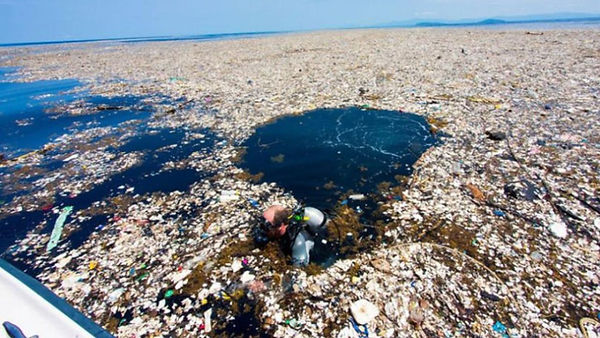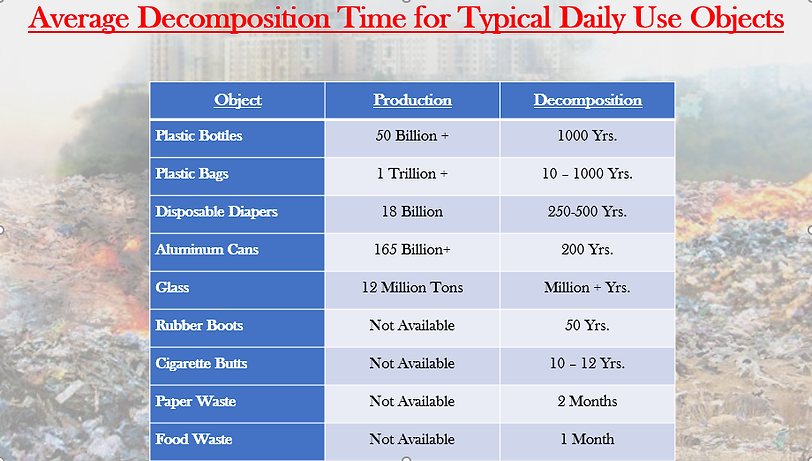
The World of Trash
Ever wondered if planet Earth had a chance to speak, what it would have said? “Please don’t litter me”. It is so easy to sit around all day complaining about climate change and global warming, but it does breathe though. We have literally chocked our only home, our beautiful earth with billions of tons of trash and solid waste. Each year, nations around the world generate 1.3 billion tons of waste. This figure is expected to soar to 4 billion tons by 2100, according to Ede Ijjasz-Vasquez, senior director for the World Bank's Social, Urban, Rural and Resilience Global Practice. One of the outcomes of overflowing garbage is air pollution, which causes various respiratory diseases and other adverse health effects as contaminants are absorbed from lungs into other parts of the body. The toxic substances in air contaminated by waste include carbon dioxide, nitrous oxide, and methane. On the other hand, as of 2017, humanity has produced over 9.3 billion metric tons of plastic. Of that, 7.5 billion metric tons have become waste. With just over 7 billion people on the Earth as of 2018, this would represent more than one metric ton per human being. Most plastics don't really biodegrade and can hang around for hundreds or thousands of years. Bottled Water Is the "Grandfather of Wasteful Industries”.
Where does Garbage End up?
Regardless of how the garbage is collected, disposing of waste has huge environmental impacts and can cause serious problems. So where exactly does our garbage end up once it’s picked up? Regardless of whether it’s picked up in a trash can, roll off dumpster or somewhere else, there are currently four primary destinations for a modern city’s waste:
-
Landfills.
-
Recycling Centers.
-
Composters.
-
Waste-to-Energy Plants
-
Ocean
Most of the solid waste ends up in the landfills. Some waste will eventually rot, but not all, and in the process, it generates methane gas, which is explosive and contributes to the greenhouse effect. Leachate produced as waste decomposes may cause pollution in the underwater echo system.
Garbage is a major contributor
to global warming. Methane,
emitted by the
human activities are produced
by the decomposing of the
garbage, after carbon dioxide.
Methane, on the other hand, is
more damaging to the
environment, pound for pound,
it is a powerful greenhouse gas that is 25 times more effective at trapping heat in the atmosphere than the most prevalent greenhouse gas—carbon dioxide (CO2). Solid waste landfills are the single largest man-made source of methane gas in the United States. On the other hand, waste that is not responsibly managed, especially excreta and other liquid and solid waste from households and the community, are a serious health hazard and lead to the spread of infectious diseases. Unattended waste lying around attracts flies, rats, and other creatures that in turn spread disease. Normally it is the wet waste that decomposes and releases a bad odor. This leads to unhygienic conditions and thereby to a rise in health problems. The plague outbreak in Surat, India is a good example of a city suffering due to the callous attitude of the local body in maintaining cleanliness in the city.
Garbage Burned in Open Air
Unfortunately, in the third world and poor countries, trash ends up in open fields, within and outside the population, and instead of covering it up with dirt, municipalities burn them.
Slow burning trash causes issues with not only CO2 emissions, but also respiratory problems for the citizens. Still, dumping waste into the water system has environmental costs. There is evidence that the effluent that is pumped back into local water streams does affect their chemical composition and aquatic life. In extreme cases, the result can be something called eutrophication, which occurs when a higher concentration of nutrients results in algae blooms.
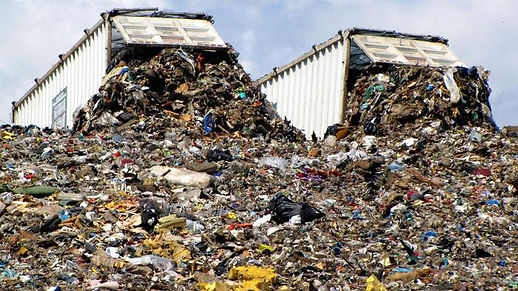

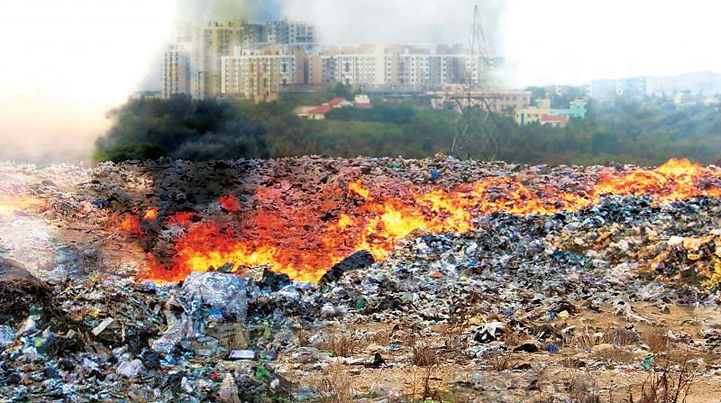
Toxic City - Ghana
Recycling Facilities
Roughly 35% of all solid waste goes to either a recycling or composting facility. Recycling and composting operate under the same principle of turning waste into new products. Recycling facilities generally focus on processing aluminum, plastics, paper, and glass, while composters use food and agricultural waste to create compost for municipal and consumer use.

Anaerobic Digesters / Composters
Anaerobic digesters turn organic materials into useful things, like energy and fertilizer. They are most commonly used on farms where organic waste is readily available, though some actively accept food waste from restaurants, grocery stores, and entire communities. Digesters are also used by wastewater treatment plants to produce energy for the local power grid. Instead of using food or agricultural waste as a feedstock, they use organic-rich sewage.
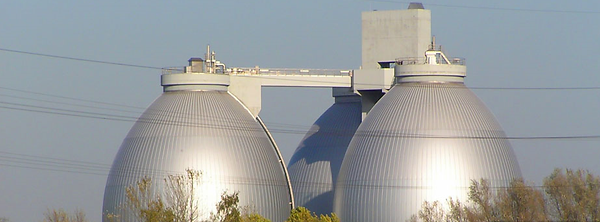
MSW - Incinerators
Incinerators are large industrial furnaces that are specifically designed to burn municipal solid waste. The primary combustion chambers of these facilities are kept at a blistering 1,800 degrees Fahrenheit, hot enough to turn any amount of trash to ash. This process reduces the original volume of the waste by 95%, significantly reducing the amount of landfill space needed. Incinerating MSW also produces surplus heat that can be used to provide both heat and electricity to the local grid.
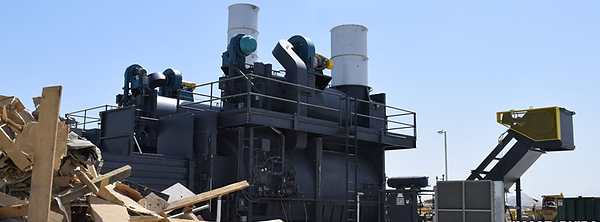
Marine Debris
Land-based items make up 49% of all marine debris, according to a recent study by the National Oceanic and Atmospheric Administration. Trash travels through rivers, waterways, storm drains, commercial shipping, drilling platforms, and last but not the least beachgoers contribute their share of trashing the blue seas. One may not believe the figures that Every hour, approximately 1.6 million tons of waste enters our ocean. Yearly, a colossal 14 billion tons of trash ends up in our beautiful oceans. Of this waste, much of it is plastic (4Ocean.org, 2017)
